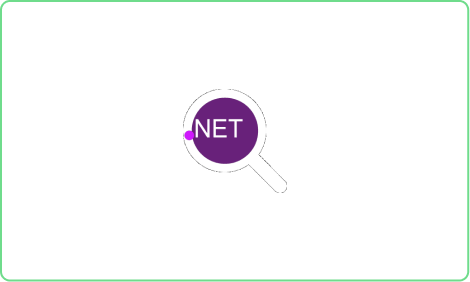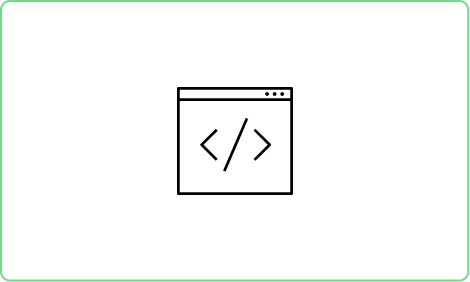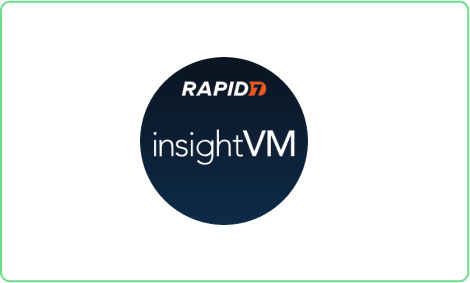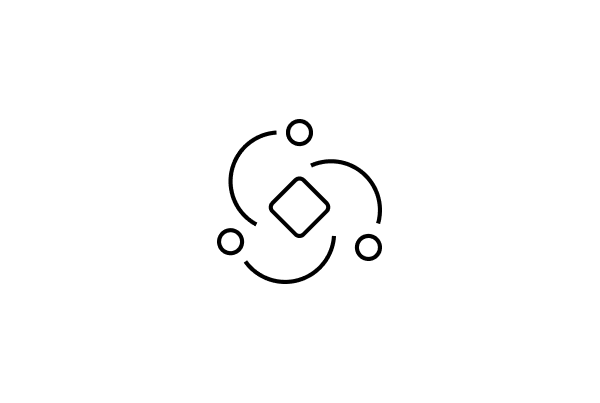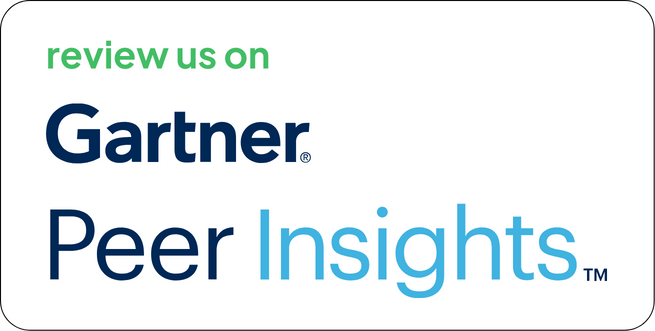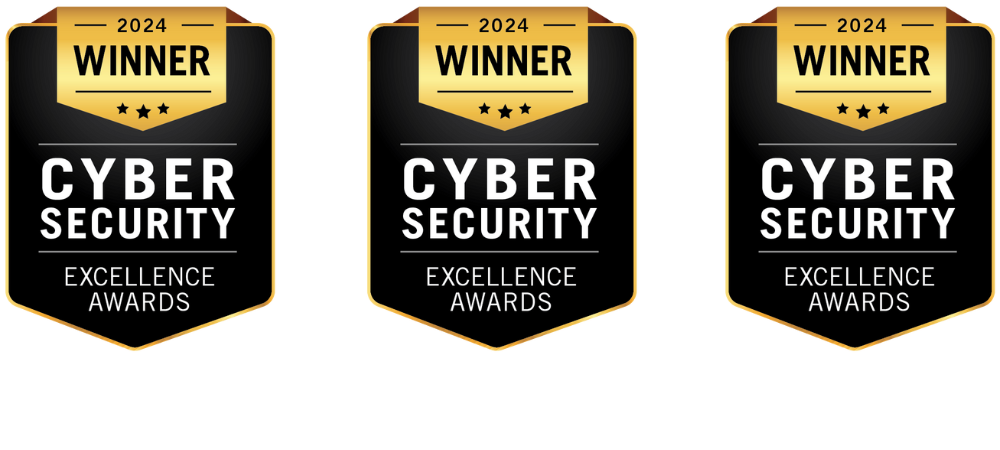Integrations
All Your Favorite Tools, One Powerful Platform
Strobes offers 120+ integration with a wide range of your favorite tools, whether it’s your code repository, automation tools, SAST, DAST, cloud, infrastructure scanners, or ticketing and messaging platforms.
Don’t see the integration you’re looking for?
Request New Integration
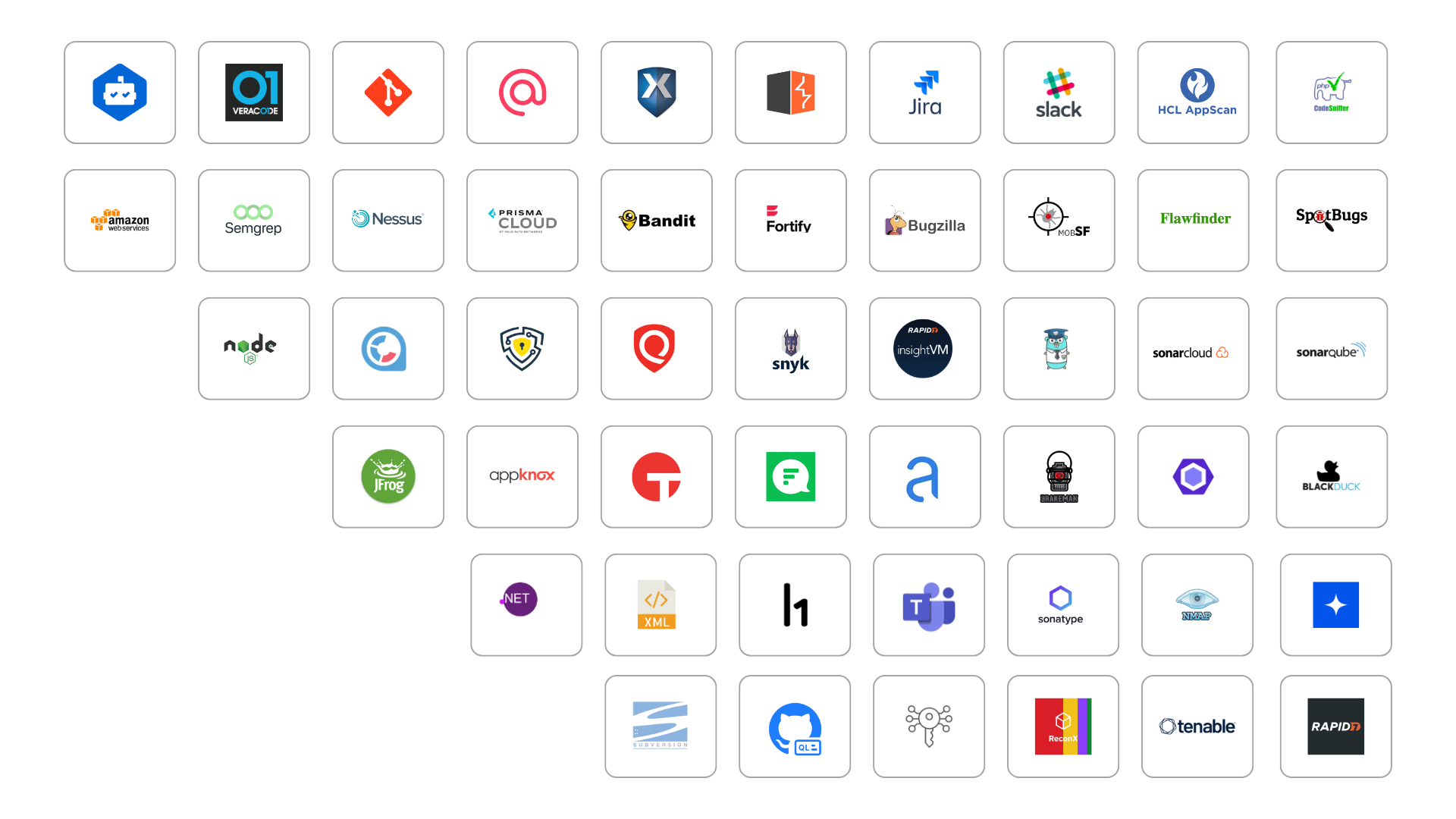
Filter
